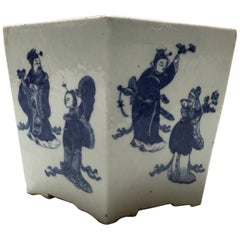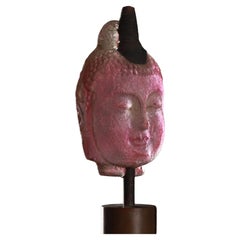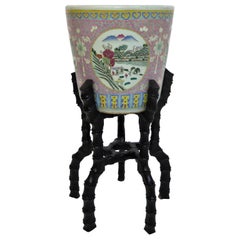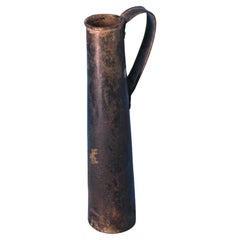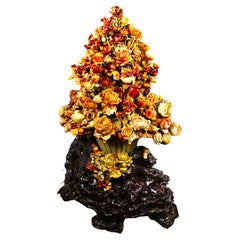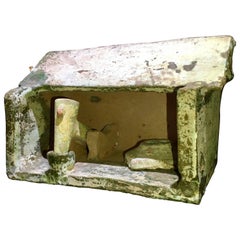Texas - Asian Art and Furniture
1950s Chinese Vintage Texas - Asian Art and Furniture
Ceramic
21st Century and Contemporary Texas - Asian Art and Furniture
Steel
Late 19th Century Chinese Qing Antique Texas - Asian Art and Furniture
Ceramic, Wood
Early 19th Century Chinese Antique Texas - Asian Art and Furniture
Brass
Early 20th Century Chinese Texas - Asian Art and Furniture
Soapstone
15th Century and Earlier Chinese Han Antique Texas - Asian Art and Furniture
Terracotta
2010s Texas - Asian Art and Furniture
Beads
15th Century and Earlier Chinese Han Antique Texas - Asian Art and Furniture
Terracotta
18th Century Chinese Other Antique Texas - Asian Art and Furniture
Paint
1910s Chinese Vintage Texas - Asian Art and Furniture
Bronze
Late 19th Century Indian Moorish Antique Texas - Asian Art and Furniture
Ceramic
18th Century and Earlier Chinese Antique Texas - Asian Art and Furniture
Bronze
Read More
Symbols of Happiness and Rebirth Adorn This Japanese Satsuma Bowl
Decorated with white cranes and the sought-after thousand-butterflies motif, the Meiji-period vessel offers both a celebration of traditional aesthetics and a clear reflection of the era’s appetite for exquisite export pieces.
Chicago’s Pagoda Red Has a Spirited Mix of Asian Antiques and Bold New Art
For 25 years, gallerist Betsy Nathan has leveraged her keen eye and key connections to bring a unique selection of rare finds to the market.
In L.A., Gallerist JF Chen Has Long Championed Eclectic Blue-Chip Design
Now working alongside his daughter Bianca, dealer Joel Chen has presented a most covetable array of antiques, art and contemporary creations for more than 40 years.
12 Calming Spaces Inspired by Japanese Design
From cherry-blossom-adorned walls paired with glamorous lighting to wood-paneled ceilings above checkerboard-patterned chairs, these 12 spaces seamlessly blend Eastern and Western aesthetics.
Rodrigo Rivero Lake’s Mexico City Showroom Is a Museum-Worthy Trove of Spanish Colonial and Asian Antiques
The dealer and curator has spent the past 50 years amassing a collection of exceptional art, furniture and architectural elements that trace the cultural influence of the Spanish empire from Europe to the Americas and beyond.
16 Refined Asian-Inspired Interiors
These spaces exemplify how Eastern elements elevate a home's decor.
